Sapphire Pure CrossFireX PC-AM2RD790
February 15, 2008 | 08:27

Audio Performance
The audio performance tests were done using Audio Rightmark 6.0.5 and a 3.5mm gold plated, oxygen free stereo loop back cable between stereo out and microphone input. Results were taken at the DVD sample rate of 16-bit/48KHz and High Definition 24-bit/96KHz.What we're looking for:
- Noise Level: A higher negative is better. This is usually viewed in relation to a signal level which provides a signal to noise ratio. As you get closer to zero there's more noise and lesser audio fidelity.
- Frequency Response: Two values listing how close to the lower higher frequencies the codec can reach. If it hits them perfectly it'll display a 0, 0.
- Dynamic Range: The difference between the loudest and quietest sounds the codec can make before it distorts them. The larger the gap, the better.
- THD and IMD percentage: Closer to zero is better. THD and IMD are best looked at together, where as if you have a lot of THD and not much IMD, then it'll offer a warmer accurate sound. High THD and IMD provides a warm, inaccurate sound, low THD and high IMD gives a cold inaccurate sound and finally low THD and IMD gives a cold accurate sound.
- IMD = intermodulation distortion and is a fancy way of saying conversion interpolation, which is a basic detection of the quality loss after an analogue to digital then digital to analogue conversion. By comparing it to a highly compressed source it shows up problems with the codec and converters.
- THD = total harmonic distortion, which shows up unwanted harmonics; integer multiples of the original component sound that can be second, third, fourth degrees or overtones for example.
- Stereo Crosstalk: where the stereo channels "talk" to each other and interact. Ideally you want them entirely separate, unmixed or echoed in either channel, so a higher negative a result as possible is preferred.
16-bit / 48KHz

Click to enlarge

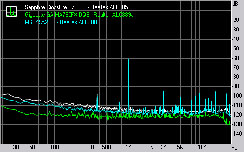
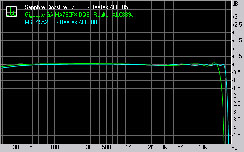
Crosstalk, Dynamic Range and Frequency Response
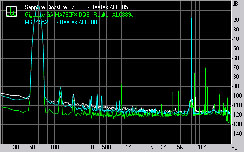
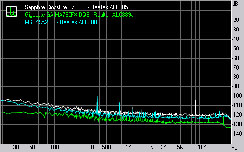
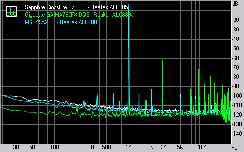
Intermodulation Distortion, Noise Level and Total Harmonic Distortion
24-bit / 96KHz

Click to enlarge
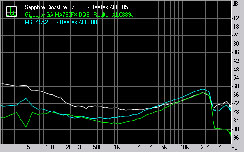
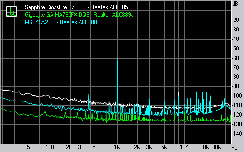
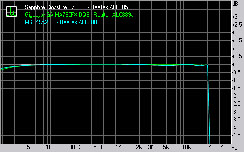
Crosstalk, Dynamic Range and Frequency Response
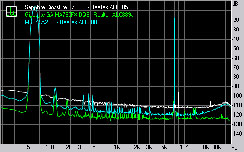
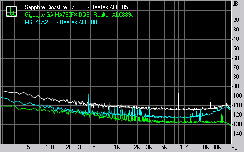
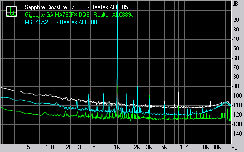
Intermodulation Distortion, Noise Level and Total Harmonic Distortion
The Bernstein Audio module module takes its name from the renowned audio component designer/manufacturer, but all it really is a reinvention of the Karajan audio module that DFI used to use with its LANParty motherboards. The daughterboard has its own PCB with the Realtek audio codec attached, so all DAC and ADC processing is kept away from the main PCB because it is more prone to causing electromagnetic interference.
The beauty of the Bernstein over that of, say, the Asus SupremeFX module is that because it uses a flexible connector it can be screwed into anyone of several PCI bracket positions—or not used at all—rather than take up an entire dedicated slot and PCB space like the Asus does. It may not look as good as the SupremeFX’s EMI shield, but it still offers the same principle.
Unfortunately the VOIP edition features the quality inferior Realtek ALC888T codec, just like the MSI, and while still good it doesn't have quite the same quality as the premium ALC885 codec. Compared to the other AMD solutions, the Bernstein Audio card reviewed is still not quite as good as the Gigabyte MA790FX-DQ6 and its premium Realtek ALC889a, especially if we're looking at basic signal to noise ratio. However, on this particular board the ALC889a doesn't seem to perform as well as we've previously seen from Gigabyte at 16-bit, 48KHz.

MSI MPG Velox 100R Chassis Review
October 14 2021 | 15:04








Want to comment? Please log in.